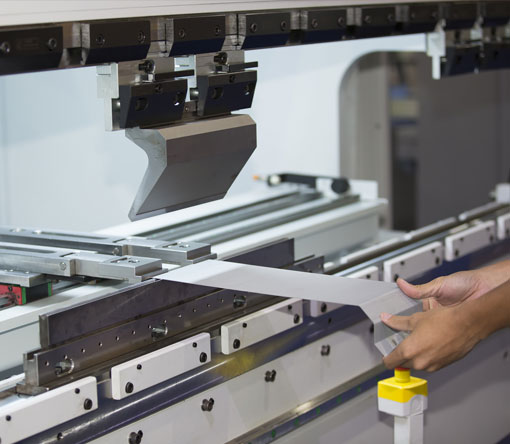Sheet metal fabrication is a crucial process in the manufacturing industry, with applications ranging from automotive and aerospace to construction and consumer goods. As technology advances and consumer demands evolve, the sheet metal fabrication industry must adapt and innovate to stay ahead of the curve. In this blog post, we will explore some of the latest techniques and trends in sheet metal fabrication work, discussing how they are revolutionizing the industry and providing new solutions for manufacturers.
1. 3D Printing and Additive Manufacturing
One of the most significant advancements in recent years is the integration of 3D printing and additive manufacturing into the sheet metal fabrication process. This technology allows for the creation of complex, intricate designs that were once impossible or extremely time-consuming to produce using traditional methods. 3D printing enables manufacturers to create prototypes and small-scale production runs quickly and cost-effectively, allowing for more innovation and experimentation in design.
2. Laser Cutting and Engraving
Laser cutting and engraving have become increasingly popular in the sheet metal fabrication industry due to their precision, speed, and versatility. Laser cutting machines use a high-powered laser beam to cut through sheet metal, creating clean, precise cuts with minimal waste. Laser engraving, on the other hand, allows for the addition of intricate designs and patterns onto the surface of sheet metal components. This technology has opened up new possibilities for customization and branding in the industry.
3. Robotic Automation
The integration of robotic automation into the sheet metal fabrication process has led to significant improvements in efficiency, accuracy, and safety. Robotic arms can be programmed to perform repetitive tasks such as cutting, bending, and welding with incredible precision, reducing the risk of human error and workplace injuries. Additionally, the use of robots allows for higher production volumes and faster turnaround times, which is essential in meeting the growing demands of the modern industry.
4. Waterjet Cutting
Waterjet cutting is another innovative technique that has gained popularity in sheet metal fabrication work. This process involves using a high-pressure stream of water mixed with abrasive particles to cut through sheet metal. Waterjet cutting is ideal for cutting thick materials and producing intricate designs with tight tolerances. It also generates minimal heat, reducing the risk of warping or distortion in the finished product.
5. Flexible Manufacturing Systems
Flexible manufacturing systems (FMS) are an advanced approach to sheet metal fabrication that combines various technologies, such as robotics, computer-aided design (CAD), and computer-aided manufacturing (CAM). These systems enable manufacturers to quickly adapt to changing demands and produce custom, small-batch orders with minimal setup time. FMS also allows for the integration of multiple processes, such as cutting, bending, and welding, into a single production line, improving efficiency and reducing lead times.
6. Advanced Material Selection
As consumer demands evolve, so too do the materials used in sheet metal fabrication work. Manufacturers are increasingly exploring the use of advanced materials such as lightweight aluminum alloys, high-strength steels, and corrosion-resistant stainless steels to produce more durable and efficient products. Additionally, the development of new coatings and surface treatments has further expanded the possibilities for sheet metal fabrication, allowing for improved performance and aesthetics.
7. Green Manufacturing Practices
Sustainability and environmental responsibility have become increasingly important in the manufacturing industry, and sheet metal fabrication is no exception. Manufacturers are adopting green manufacturing practices, such as recycling scrap metal, reducing energy consumption, and minimizing waste, to reduce their environmental impact and appeal to eco-conscious consumers. Additionally, the development of new, eco-friendly materials and processes is driving further innovation in the industry.
In conclusion, the sheet metal fabrication industry is continually evolving and adapting to the changing demands of the modern world. The integration of advanced technologies and innovative techniques, such as 3D printing, laser cutting, and robotic automation, is revolutionizing the way sheet metal components are designed and produced. By embracing these new developments, manufacturers can stay ahead of the curve and continue to meet the needs of their customers in an ever-changing market.
r n sheet metal fabrication work co













